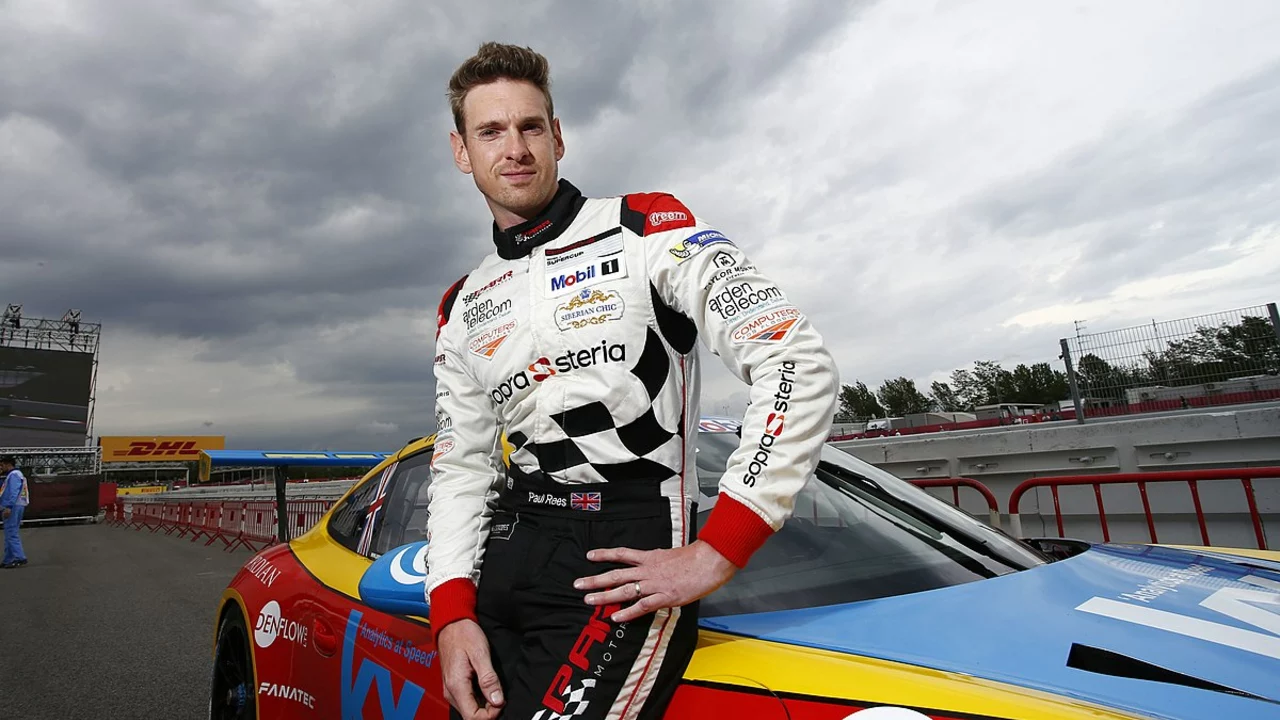Race Car Training: How to Get Faster on the Track
If you love the roar of an engine and want to feel more confident behind the wheel, solid training is the first step. You don’t need a professional driver’s license right away – just a plan that covers your body, mind, and seat time. Below are the basics that most clubs, including Ystrad Mynach Motorsports Club, use to turn hobbyists into competent racers.
Physical & Mental Prep
Racing is a full‑body sport. Your neck, core, and legs work hard to keep the car steady through corners. Start with simple exercises: planks for core stability, shoulder shrugs for neck strength, and squats for leg power. Even a 20‑minute routine three times a week makes a noticeable difference when you’re fighting G‑forces.
Mental sharpness is just as important. Practice visualization – picture the track, the braking points, and the apexes. Run through the sequence in your head before you get in the car. This trick helps you react faster and reduces nerves on race day.
Nutrition and sleep matter too. Stay hydrated, eat balanced meals with protein and carbs, and aim for 7‑8 hours of sleep. A well‑rested body processes feedback quicker, so you’ll learn from each lap more efficiently.
On‑Track Practice & Simulators
There’s no shortcut for real‑world seat time. Start with a club’s beginner night or a track day where you can run a few laps under supervision. Focus on one skill per session – for example, work on smooth braking for one day, then try late apex cornering the next. Keeping the goal narrow prevents overload and speeds up improvement.
If the track isn’t nearby, a good racing simulator fills the gap. Modern simulators mimic car dynamics, tire wear, and weather changes. Set up a routine: 10 minutes warm‑up, 30 minutes focused laps, 10 minutes debrief. Review telemetry data (speed, brake pressure, throttle) and compare it to a fast reference lap. The data shows exactly where you lose time.
Don’t overlook feedback from experienced drivers. Join a local motorsport club, attend meet‑ups, and ask for a quick coach session. A few pointers on hand‑brake technique or steering input can shave seconds off a lap instantly.
Finally, track your progress. Keep a simple log with date, car, track, weather, and lap times. Note what you tried and how you felt. Over weeks you’ll spot patterns – maybe you’re quicker after a leg‑day or after a specific warm‑up routine. Use those insights to refine your training plan.
Race car training isn’t about fancy equipment; it’s about consistency, smart practice, and listening to your body. Stick to a routine, use simulators wisely, and tap into the local racing community. Before long you’ll feel more in control, hit higher speeds, and enjoy every lap a lot more.
